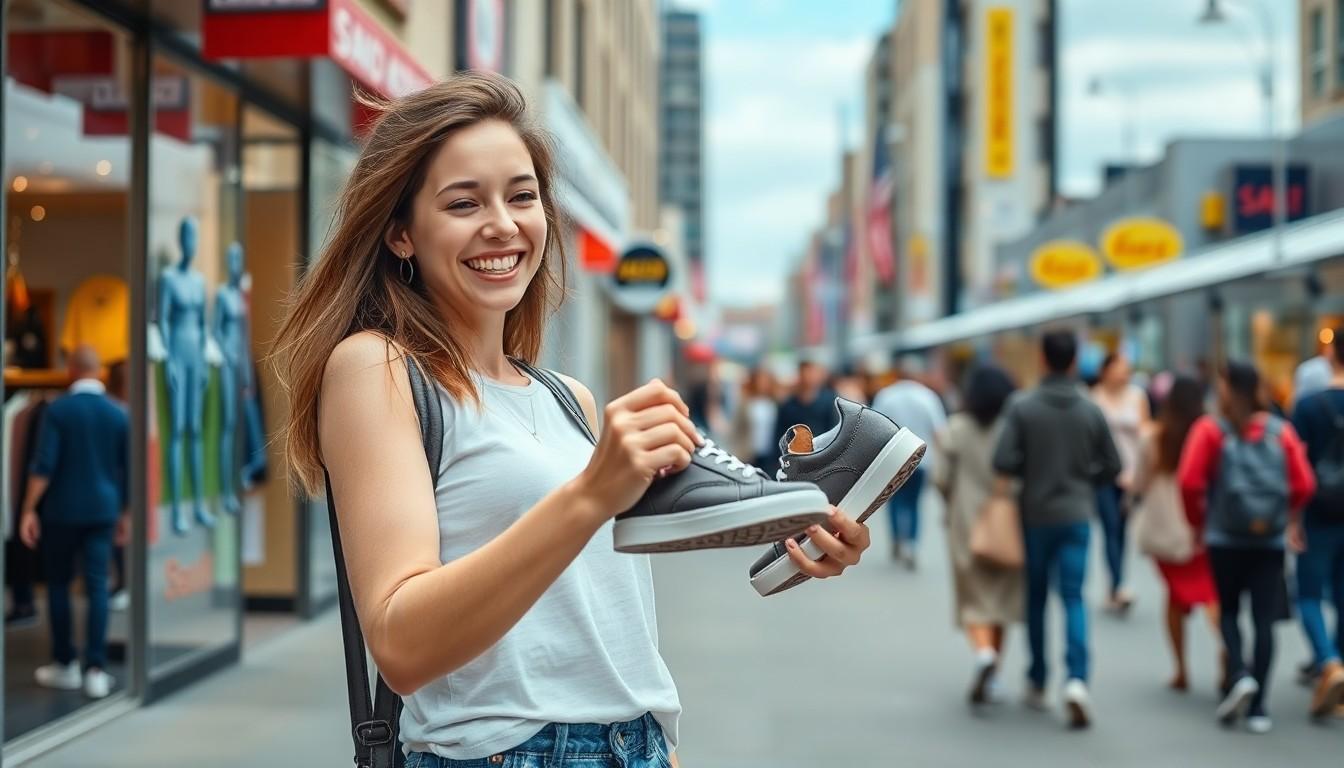Table of Contents
ToggleIn today’s digital jungle, social media is the king of persuasion, ruling over our wallets with a flick of a finger. Ever found yourself scrolling through your feed, only to stumble upon that perfect gadget or trendy outfit that makes your heart skip a beat? You’re not alone. Social media has morphed into a powerful shopping companion, whispering sweet nothings about the latest deals and must-have products right into our ears.
From influencers flaunting their latest finds to targeted ads that seem to read your mind, it’s hard to resist the allure of online shopping. But how many times has that double-tap led to a delightful delivery at your doorstep? Join the conversation as we explore the amusing ways social media has swayed purchasing decisions, turning casual scrolls into full-blown shopping sprees.
Understanding Social Media’s Impact
Social media significantly shapes consumer behavior, acting as a powerful catalyst for purchasing decisions. Users frequently stumble upon appealing products while scrolling, often driven by influencer endorsements and customized advertisements.
The Role of Social Media in Consumer Behavior
Social media functions as a major engagement platform, connecting brands with potential customers. Influencers frequently share authentic reviews, providing followers with relatable insights. Research indicates that 54% of consumers browse social media for product inspiration. This easy access to information fosters impulsive purchases, as users perceive a sense of urgency when they see trending products.
Types of Social Media Influences
Social media influences manifest in various forms, affecting buying choices diversely. Paid advertisements target specific demographics, ensuring relevant products reach interested consumers. User-generated content, including reviews and unboxing videos, helps build trust in unfamiliar brands. Peer recommendations carry weight, as friends often share product discoveries. Ultimately, these diverse influences culminate in enhanced consumer engagement, driving purchasing behavior across platforms.
Personal Experiences

Social media plays a crucial role in shaping individual purchasing decisions. Many experiences illustrate this influence.
My Hypothetical Buying Journey
Seeing a friend’s post about a trendy pair of shoes sparked interest immediately. The vibrant photo showcased the shoes in a stylish setting, capturing attention effectively. After scrolling through comments, enthusiasm grew, especially after reading positive feedback from other users. Targeted ads then appeared, emphasizing discounts and features. Eventually, these interactions led to an impulse purchase, transforming a casual browse into an unplanned buy.
Key Factors in My Decision-Making Process
Several factors impact the decision-making process when engaging with social media. Authenticity of recommendations from peers matters significantly. Influencer endorsements also create a sense of trust and credibility. Visual appeal of products through high-quality images attracts immediate interest. Promotion of limited-time offers generates urgency and compels quick action. Engaging content enhances the overall experience and encourages exploration. Collectively, these factors drive the ultimate purchasing decision by creating an irresistible shopping environment.
The Psychological Aspects
Social media significantly impacts psychological factors surrounding purchasing decisions. Trust and credibility, along with social proof, shape consumer behavior in powerful ways.
Trust and Credibility on Social Media
Trust emerges as a crucial element in online purchasing decisions. Consumers often rely on influencer endorsements and peer recommendations to gauge a product’s reliability. Studies show that 70% of individuals are more likely to trust a brand recommended by family or friends. Authentic testimonials resonate deeply, offering reassurance about product quality. Users evaluate the credibility of content creators based on their engagement and honesty. Higher engagement rates often correlate with increased trust. Social media platforms are platforms where genuine interactions foster a sense of loyalty among followers, transforming them into customers.
The Effect of Social Proof
Social proof serves as a strong motivator for consumers facing purchasing choices. Observing others engage with a product can create a sense of urgency and relevance. People often feel inclined to follow trends endorsed by their social circles or popular figures. Research indicates that 92% of consumers trust peer reviews more than traditional advertisements. As followers witness friends interacting positively with products, they perceive greater value in those items. This collective behavior reinforces purchasing intentions, making products appear more desirable. Engaging user-generated content amplifies social proof effects, driving consumers to act swiftly in their buying journeys.
Case Studies
Social media significantly influences purchasing decisions. Various case studies illustrate this trend.
Successful Campaigns Influencing Purchases
Brands often leverage engaging campaigns on platforms to drive sales. One notable example is Adidas, which launched a campaign featuring user-generated content. This strategy increased consumer engagement significantly. Collaborations with influencers who showcased curated outfits led to measurable spikes in sales, particularly among younger audiences. Nike similarly embraced real-life stories from athletes, creating emotional connections with potential customers. The campaigns sparked meaningful interactions, resulting in increased purchase intent among followers. According to research, promotional posts from brands correlate with a 1.3 times sales lift, demonstrating the effectiveness of social media marketing.
Common Trends in Social Media Advertising
Several trends dominate the landscape of social media advertising. First, video content continues to rise in popularity, with consumers preferring engaging visual formats. Statistics reveal that consumers retain 95% of a message when watching it in a video compared to 10% when reading it in text. Additionally, ephemeral content, such as Stories on Instagram and Snapchat, captures attention effectively, encouraging swift consumer decisions. Brands also focus on authenticity, utilizing real consumer testimonials to foster trust. Personalization remains crucial, as tailored ads enhance relevance and resonate with target audiences. Research shows personalized social media ads improve engagement rates by up to 20%.
Social media’s influence on purchasing decisions is undeniable. As users navigate through their feeds they encounter a blend of captivating content and peer recommendations that spark interest in products. The power of visual appeal combined with the urgency created by limited-time offers can lead to spontaneous buying behavior.
Consumers increasingly rely on the authenticity of influencer endorsements and user-generated content to guide their choices. This dynamic not only shapes individual purchasing habits but also drives broader trends in consumer engagement. As social media continues to evolve it will undoubtedly remain a pivotal factor in how people discover and buy products, transforming casual browsing into intentional shopping experiences.




